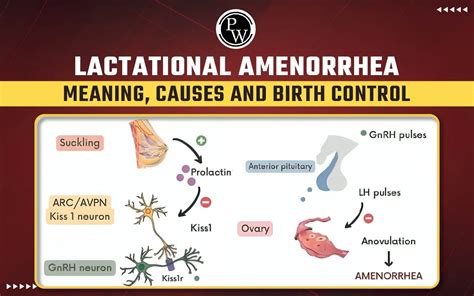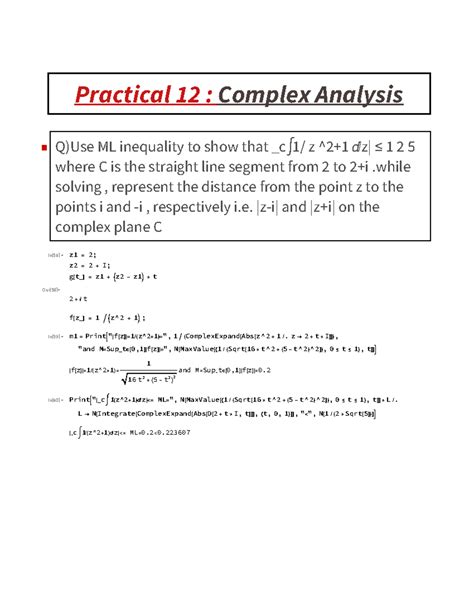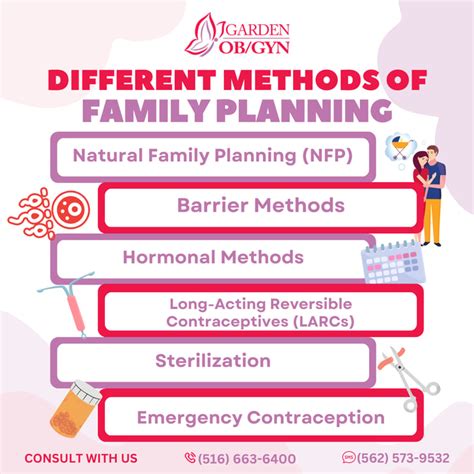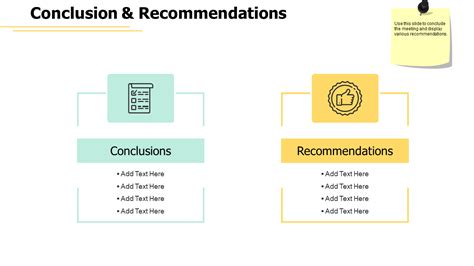Intro
Learn about the Lactational Amenorrhea Method, a natural birth control technique using breastfeeding, postpartum infertility, and hormonal balance for effective family planning and fertility control.
The Lactational Amenorrhea Method (LAM) is a natural and effective way for breastfeeding mothers to delay the return of their menstrual cycles and prevent pregnancy. This method has been used for centuries, and its effectiveness has been confirmed by numerous studies. LAM is based on the fact that breastfeeding can suppress the production of hormones that regulate ovulation and menstruation. When a woman is exclusively breastfeeding, her body produces high levels of prolactin, a hormone that stimulates milk production and suppresses the release of gonadotropin-releasing hormone (GnRH), which is necessary for ovulation to occur.
As a result, many breastfeeding mothers experience a delay in the return of their menstrual cycles, a phenomenon known as lactational amenorrhea. This delay can last for several months, depending on the frequency and duration of breastfeeding. LAM is a valuable tool for mothers who want to space their pregnancies or delay the return of their menstrual cycles. It is also an environmentally friendly and cost-effective method of family planning. In this article, we will delve into the world of LAM, exploring its benefits, working mechanisms, and practical applications.
The importance of LAM cannot be overstated, particularly in developing countries where access to modern family planning methods may be limited. LAM is a natural and non-invasive method that can be used by breastfeeding mothers to prevent pregnancy and delay the return of their menstrual cycles. It is also a valuable tool for mothers who want to promote bonding with their babies and support their overall health and well-being. By understanding how LAM works and how to use it effectively, mothers can take control of their reproductive health and make informed decisions about their family planning needs.
How LAM Works

The effectiveness of LAM depends on several factors, including the frequency and duration of breastfeeding, the age of the baby, and the mother's overall health and well-being. Exclusive breastfeeding, which means that the baby is receiving only breast milk and no other foods or liquids, is essential for LAM to work. The more frequently a mother breastfeeds, the higher her prolactin levels will be, and the more effective LAM will be. As the baby gets older and starts to receive solid foods, the frequency of breastfeeding may decrease, and the effectiveness of LAM may also decrease.
Benefits of LAM
The benefits of LAM are numerous and well-documented. Some of the most significant advantages of this method include: * Natural and non-invasive: LAM is a natural method of family planning that does not require the use of hormones, devices, or surgery. * Effective: LAM is a highly effective method of family planning, with a success rate of up to 98% when used correctly. * Environmentally friendly: LAM is an environmentally friendly method of family planning that does not contribute to pollution or waste. * Cost-effective: LAM is a cost-effective method of family planning that does not require the purchase of devices or hormones. * Promotes bonding: LAM promotes bonding between the mother and baby, which is essential for the baby's emotional and psychological development.Practical Applications of LAM

To use LAM effectively, mothers need to understand how it works and how to apply it in practice. This includes:
- Exclusive breastfeeding: Mothers need to breastfeed exclusively for LAM to work. This means that the baby should receive only breast milk and no other foods or liquids.
- Frequent breastfeeding: Mothers need to breastfeed frequently, at least 8-12 times in 24 hours, to maintain high prolactin levels.
- Avoiding supplements: Mothers should avoid giving their babies supplements, such as formula or solid foods, as this can reduce the frequency of breastfeeding and decrease the effectiveness of LAM.
- Monitoring fertility: Mothers need to monitor their fertility closely, using methods such as basal body temperature or cervical mucus, to detect when they are fertile and able to become pregnant.
Challenges and Limitations of LAM
While LAM is a highly effective method of family planning, it also has some challenges and limitations. Some of the most significant challenges and limitations of LAM include: * Exclusive breastfeeding: LAM requires exclusive breastfeeding, which can be challenging for mothers who need to return to work or have other commitments. * Frequent breastfeeding: LAM requires frequent breastfeeding, which can be tiring and demanding for mothers. * Limited duration: LAM is only effective for a limited duration, typically up to 6 months, after which the mother's menstrual cycles may return. * Limited effectiveness: LAM is not 100% effective, and there is a small risk of pregnancy, particularly if the mother is not breastfeeding exclusively or frequently.Comparison with Other Family Planning Methods

However, LAM also has some disadvantages compared with other methods, including:
- Limited duration: LAM is only effective for a limited duration, typically up to 6 months, after which the mother's menstrual cycles may return.
- Limited effectiveness: LAM is not 100% effective, and there is a small risk of pregnancy, particularly if the mother is not breastfeeding exclusively or frequently.
- Requires exclusive breastfeeding: LAM requires exclusive breastfeeding, which can be challenging for mothers who need to return to work or have other commitments.
Future Directions for LAM
The future of LAM looks promising, with ongoing research and development aimed at improving its effectiveness and accessibility. Some of the most significant future directions for LAM include: * Improving education and awareness: Educating mothers and healthcare providers about LAM and its benefits can help to improve its accessibility and effectiveness. * Developing new technologies: Developing new technologies, such as mobile apps and online platforms, can help to support mothers who are using LAM and improve its effectiveness. * Increasing access: Increasing access to LAM, particularly in developing countries, can help to reduce maternal and infant mortality and improve reproductive health outcomes.Conclusion and Recommendations

We also recommend that healthcare providers educate mothers about LAM and its benefits and provide them with the support and resources they need to use it effectively. By working together, we can promote the use of LAM and improve reproductive health outcomes for mothers and babies around the world.
What is LAM and how does it work?
+LAM is a natural method of family planning that works by suppressing the production of hormones that regulate ovulation and menstruation. It is based on the fact that breastfeeding can suppress the production of gonadotropin-releasing hormone (GnRH), which is necessary for ovulation to occur.
How effective is LAM?
+LAM is a highly effective method of family planning, with a success rate of up to 98% when used correctly. However, it is not 100% effective, and there is a small risk of pregnancy, particularly if the mother is not breastfeeding exclusively or frequently.
What are the benefits of LAM?
+The benefits of LAM include its natural and non-invasive nature, its effectiveness, its environmental friendliness, and its cost-effectiveness. LAM also promotes bonding between the mother and baby, which is essential for the baby's emotional and psychological development.
What are the challenges and limitations of LAM?
+The challenges and limitations of LAM include the requirement for exclusive breastfeeding, the need for frequent breastfeeding, the limited duration of its effectiveness, and the limited effectiveness. LAM is not suitable for all mothers, particularly those who need to return to work or have other commitments.
How can I use LAM effectively?
+To use LAM effectively, you need to breastfeed exclusively and frequently, avoid supplements, and monitor your fertility closely. You should also consult with your healthcare provider to learn more about LAM and its benefits and challenges and to determine whether it is right for you.
